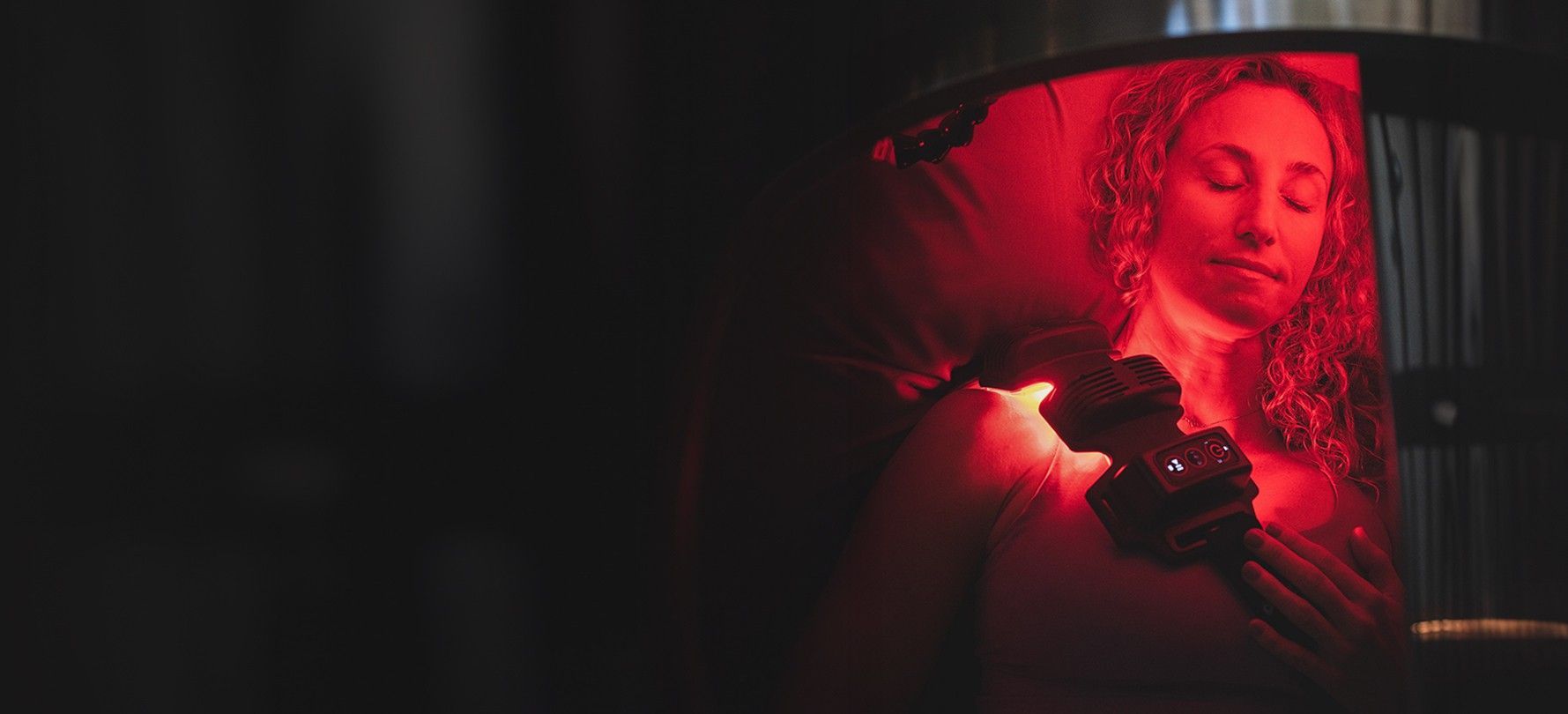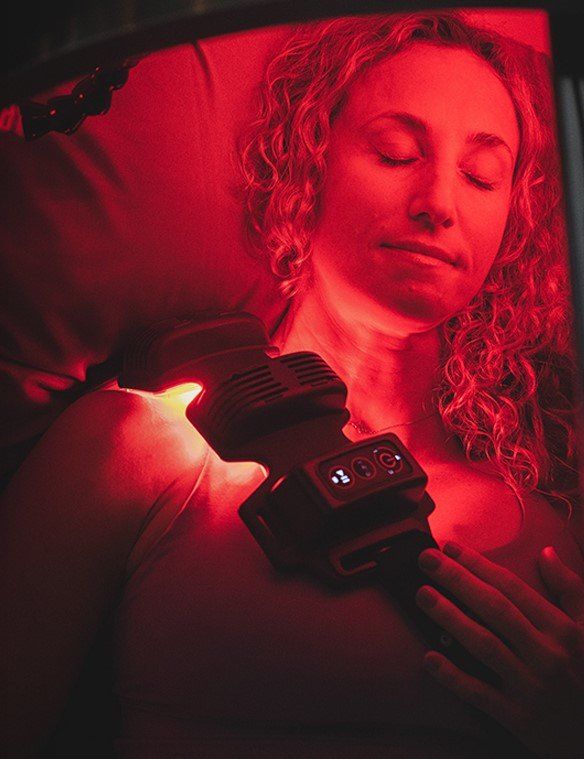
Wearable Red Light Therapy at Home
Experience pain relief, faster recovery, and boosted energy with FlexBeam’s powerful red and near-infrared light therapy, trusted by over 28,000 users.


Wearable Red Light Therapy at Home
Experience pain relief, faster recovery, and boosted energy with FlexBeam’s powerful red and near-infrared light therapy, trusted by over 28,000 users.
Shop nowDeveloped by NASA. Reinvented by us. FlexBeam is the world’s first wearable red light therapy device to use in the comfort of your own home. A scientific breakthrough technology, now helping you to:
Power Matters
Experience superior results with FlexBeam’s powerful near-infrared light therapy. With an amazing 5.5W total optical power output, it outperforms competitors threefold. While other devices often lack potency, FlexBeam is engineered for maximum effectiveness in the infrared spectrum, delivering 10x more power than leading competitors.

Power output
Optical power output: up to 5.5W
Cooling
Active cooling fans built in to use max power LEDs.
Battery
Durable battery holds up to 5 sessions on a single charge.
Presets
3 easy-to-use presets to vary depth of treatment. 10 minute programs, auto-shutoff.
Bands
Easy-to-use velcro bands for fastening on the body.
Wavelengths
Synergistic wavelengths: 625-635nm (red) and 810-845nm (NIR) No EMFs (electro-magnetic field radation).
Energy density
Energy density / dose: up to 110mW/cm2
Move More
Reclaim your freedom and go back to doing what you love.
Better Nights
Boost melatonin production and regulate your circadian rhythm.
Boost the Microbiome
Support gut health and healthy intestinal flora by promoting mitochondrial health.
Heal Naturally
Forget about side effects from pills, and let light do the healing.
FDA Cleared Quality Guaranteed
Quality Guaranteed as Class II US FDA Exempt Medical Device.
Recharge Energy
Kickstart your mitochondria and boost your body’s natural battery.

How does red light therapy work?
Your body has an amazing capacity to heal itself. And light plays a crucial role.
We have evolved under the sun’s full spectrum of light and we are affected both by visible light (which we see as colors) and invisible wavelengths, such as infrared and ultraviolet (UV).
Scientists have discovered that light at specific red and near-infrared wavelengths stimulates the body’s natural process of healing.
And when this powerful light is targeted, it becomes so much more effective.
Learn moreThe most effective targeted device on the market
FlexBeam significantly improves muscular-skeletal issues and our ability to recover faster. It also enables general improvement in strength performance and better sleep.


“I use it every day and I really believe it helps my recovery a lot. Everybody could use a FlexBeam”
Martin Ødegaard, Captain of Arsenal FC and Norway

“I use it every day and I really believe it helps my recovery a lot. Everybody could use a FlexBeam”
Martin Ødegaard, Captain of Arsenal FC and Norway
Shop nowHow does FlexBeam compare?

What people are saying

Tennis
Casper Ruud
“I’m surprised at how effective FlexBeam has been to kickstart my recovery between matches. FlexBeam is an ingenious device that could help a lot of people.”

Major League Baseball Head Athletic Trainer, Milwaukee Brewers
Brad Epstein
“We currently use FlexBeam as both a pre-activity and recovery modality. The ability to wrap it around an extremity such as shoulder and elbow are key for us.”

Vagus Clinic Ltd., Canada
Dr. Stephanie Canestraro
“I work with everyone, from really sick people that have Lyme and MS, to elite players in the NHL. FlexBeam is one of my big recommendations.”

Recharge Health Membership
Get access to placement guidelines, expert clinical advice, and more, to help you unlock your body’s full potential with FlexBeam.

Recharge Health Membership
Get access to placement guidelines, expert clinical advice, and more, to help you unlock your body’s full potential with FlexBeam.
Learn more





